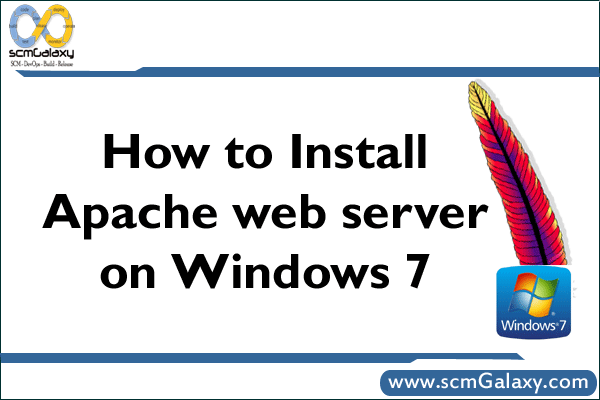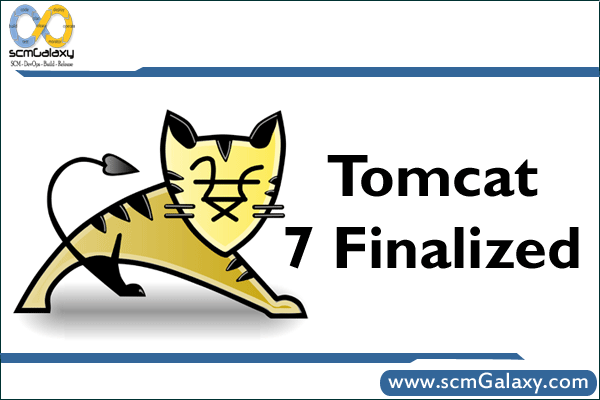
After a quick detour to install Notepad++, I’m on my way to installing Magento. Before I can get into the meat of it, though, I do require a few prerequisites.
From the installation instructions, installing Magento requires:
- Apache 1.3.x or Apache 2
- PHP 5.2.0 and above with Safe mode off
- MySQL 4.1.20 and above
After a brief search, I happened upon a very handy site (Yes, my current dev machine runs Windows 7). No sense reinventing the wheel, so these instructions should do nicely.
I’ve chosen the latest stable release, 2.2.17, MD5-verified and ready to install.
Always one to put the right foot forward… The first thing I’ve done is to immediately download the wrong version (src) instead of the neatly prepped installer (msi) as per the instructions. Round 1 goes to my eagerness, but after a neat revisit to the Apache download page, I’m off in the right direction.
After kicking off the Apache installer, my first instinct was to twitch at the frozen installer progress (Did the instructions forget about that ghastly Windows 7 User Account Control?), but after only a brief pause, the UAC prompt has displayed and the Apache web server installation is back on track.
None the worse for wear, time for the next step.
PHP
I’ve pretty much kaboshed most of the PHP installation instructions, mostly due to its avoidance of the handy PHP for Windows installer. Pointing the installer to the Apache web server’s cgi-bin folder seems like a good idea.
A configuration change…
; Directory in which the loadable extensions (modules) reside.
; http://php.net/extension-dir
; extension_dir = “./”
; On windows:
extension_dir = “ext” ; Uncommented (removed the semicolon at the beginning of) this line
… and I’m back to the instructions. After an update to my environment variables, looks like it’s time for a reboot… and sleep.
I’ll be leaving the MySQL install (and testing Apache web server and PHP) ’til tomorrow.
